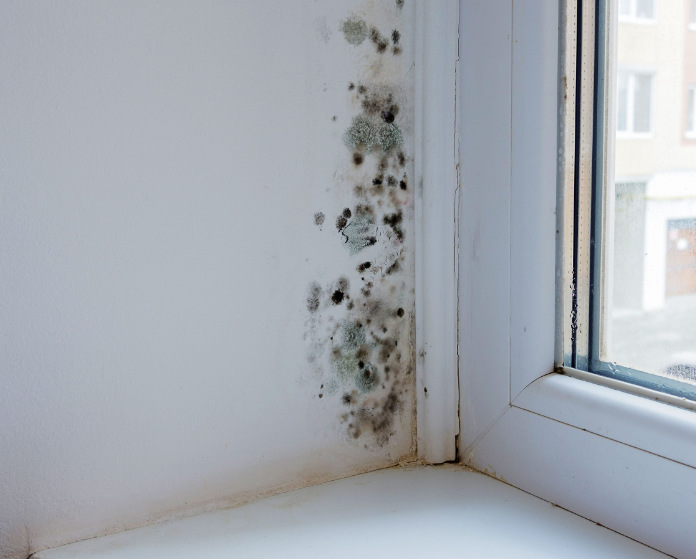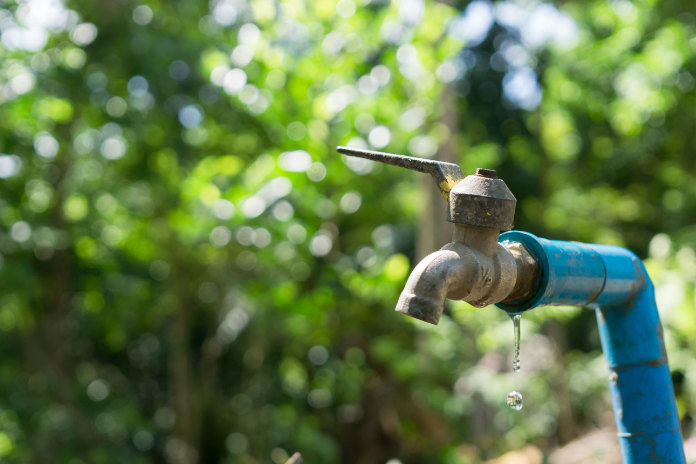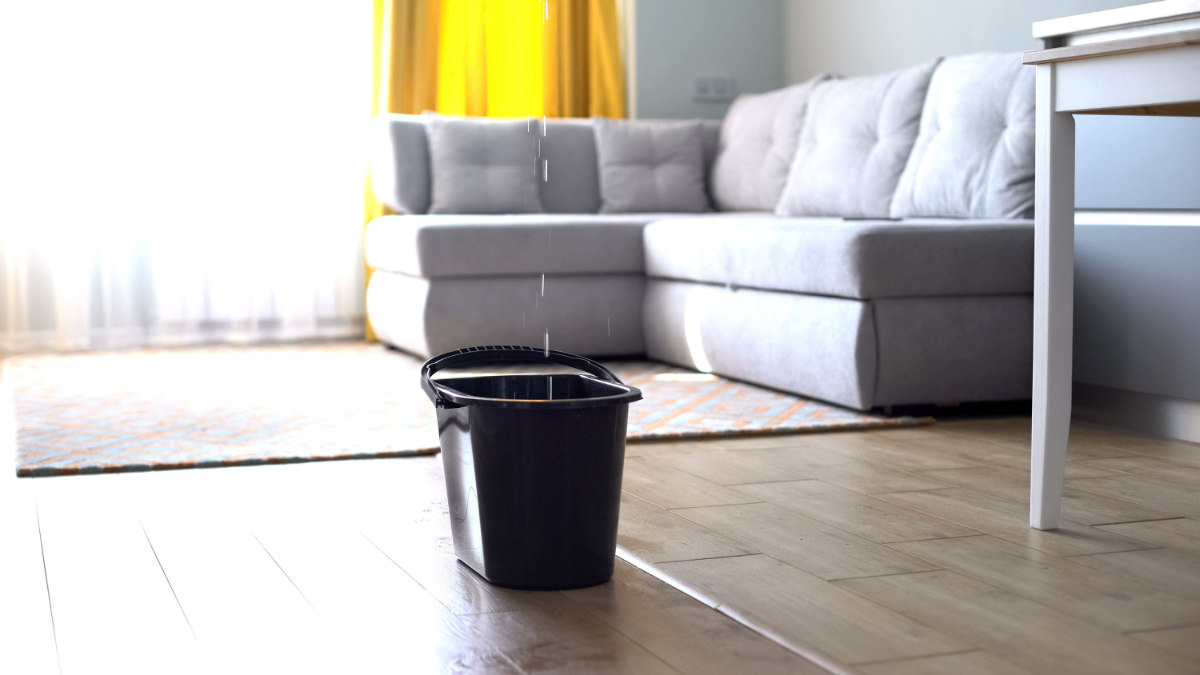Home water systems can be complicated and expensive at the best of times, so the last thing anyone wants is a water leak to deal with. While a sudden torrential leak might be easy to spot though, smaller leaks can often go unnoticed – or ignored – which isn’t good news.
“When a water leak springs, they’re often difficult to spot and usually by the time you do, it’s too late,” says Izzy Schulman, director of Plumbers4u. “Repairing a leaking pipe can cost you anywhere between £160-£310, depending on the size and scale of the problem.
“It’s important to get the issue dealt with as soon as possible, as a more substantial burst can send repair costs skyrocketing into the thousands,” Schulman urges.
Signs of a water leak in your home
So, what should you be on the lookout for, and what can you do to stop the problem from getting worse? Here, Shulman outlines four signs you may have a water leak in your home…
1. High water bills or low water pressure
“Depending on your plan and usage, the cost of water bills can fluctuate, but for most homeowners it’s usually within a predictable range. If it starts to become regularly higher than you’ve budgeted for, there might be an underlying problem,” says Schulman. “Even the smallest of leaks can set you back an extra £9-£35 a year on average and these can quickly become a bigger problem if ignored.”
If you suspect a serious leak, Schulman says a good way to test this is to turn on the taps and see if you have a substantial drop in water pressure. You should try this with multiple taps around the home, which could help you identify the potential problem area.
“If it’s clear these signs aren’t coming from within the home, one of the external pipes connecting your house to the street supply might have burst.
“To rule out this issue on your property and avoid a hefty repair bill, ask around your neighbourhood to see if they’re having the same trouble. It could be an issue in your street’s main supply line,” suggests Schulman.
2. Unusual sounds around the house
“Strange noises like gurgling, dripping and bubbling can tell you a lot about the health of your home, even more so about your pipes. If these sounds are coming from your sinks, toilets or bathroom, it could possibly signal a leak.
“One of the most common issues in the bathroom is a leaky cistern. You can find out if you have a toilet issue by placing a few drops of food colouring in your toilet tank. Leave the toilet alone for half an hour and when you return, check to see if the water in the bowl of the toilet has become tinted with the dye from the tank. If this has happened, there’s a leak between the tank and the bowl.”
If you’re becoming concerned by unnatural noises in your home, check your water meter. If it’s still registering water usage or ticking, Schulman says it’s time to contact your local plumber.
3. Mould, mildew and odd smells

If you’ve noticed a musty smell, patchy discolouration on your walls or the rapid growth of mould, it could be the sign of a leak in your home. “Musty scents are a key giveaway; even in bathrooms and toilets where high volumes of water circulate, you shouldn’t be able to smell anything musty or mouldy,” advises Schulman.
“When discolouration or mould appears on the walls or ceiling, there’s a good chance the leak has sprung from within the wall. This sort of job should be left to a professional to avoid making the problem worse. They’ll be far more equipped to handle these issues and have all the specialist technologies to diagnose the problem quickly and accurately.
“The growth of mould is an obvious symptom as it thrives in humid temperatures. Leaky pipes provide the moisture that makes any problem areas a breeding ground for mould and mildew, which, if left untouched, can produce dangerous and harmful spores in as little as three days. Mould of this kind becomes visible within 24-48 hours, making it something to look out for.”
As soon as you see mould start to appear and if the area isn’t too saturated, Schulman suggests getting it cleaned before anything nasty becomes airborne. This can be done by dousing the area with mould and mildew remover and letting it soak for five minutes before wiping it away. Give the area several applications of the remover as mould of this kind can be stubborn and hard to remove.
4. Outdoor pooling (gathering and not dispersing)

If you’ve spotted your bills are too high and you suspect a leak, it’s worth looking at your front and back gardens too. “Check them for overgrown areas of grass. Leaking pipes fertilise the surrounding area leading to an overgrowth of grass around the leak; this is usually accompanied by an unpleasant smell. If nothing is growing as a result, look for persistent pooling of water or a particular patch that’s always saturated, this is another tell-tale sign,” says Schulman.
“If the leak is leading to this level of saturation, there’s a good chance the burst is big enough to potentially weaken your home’s foundations, so it’s best to get it looked at straight away.”
Read more – Save water, save money: 14 water-saving tips to reduce usage and cut bills
































































